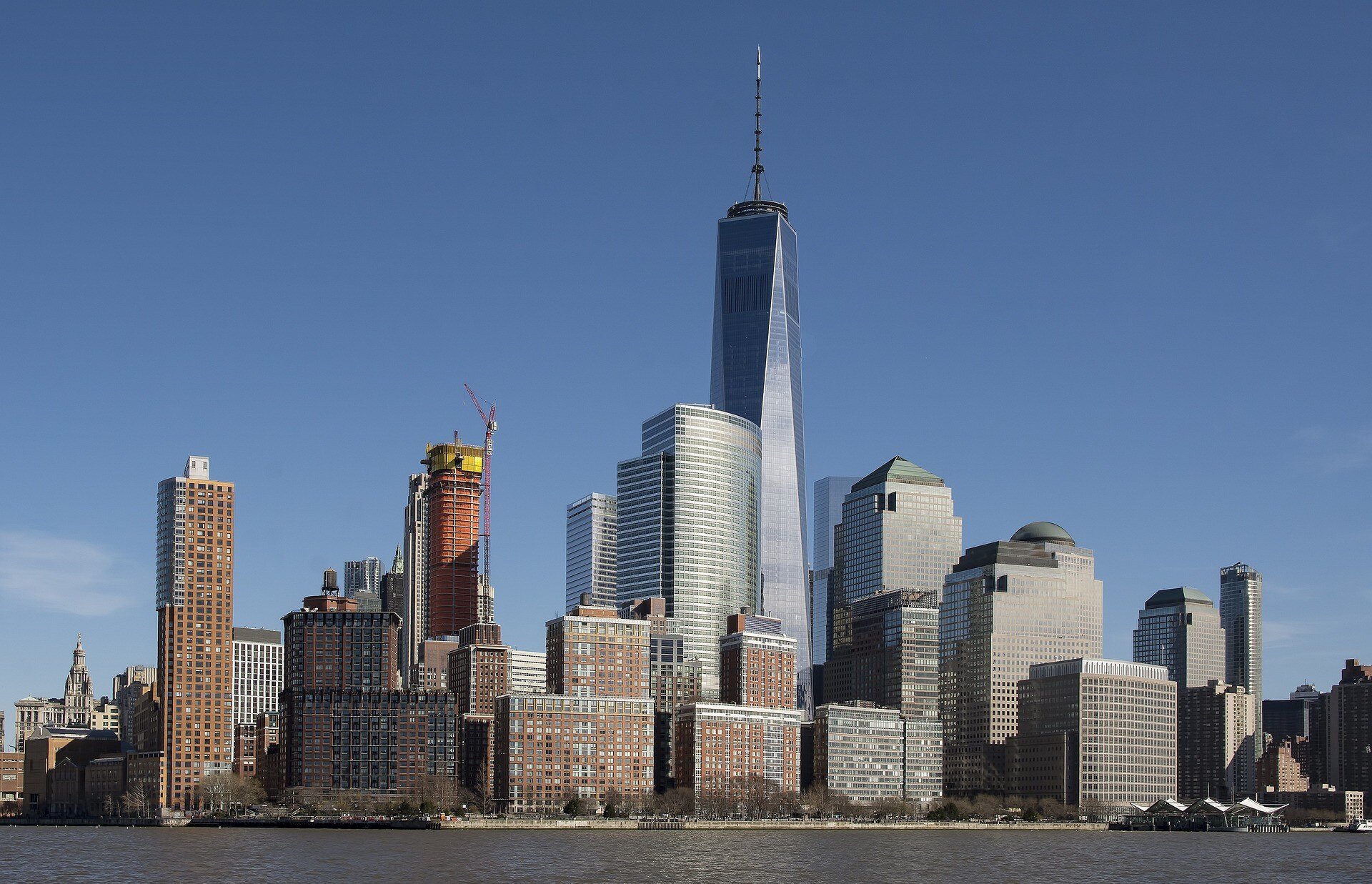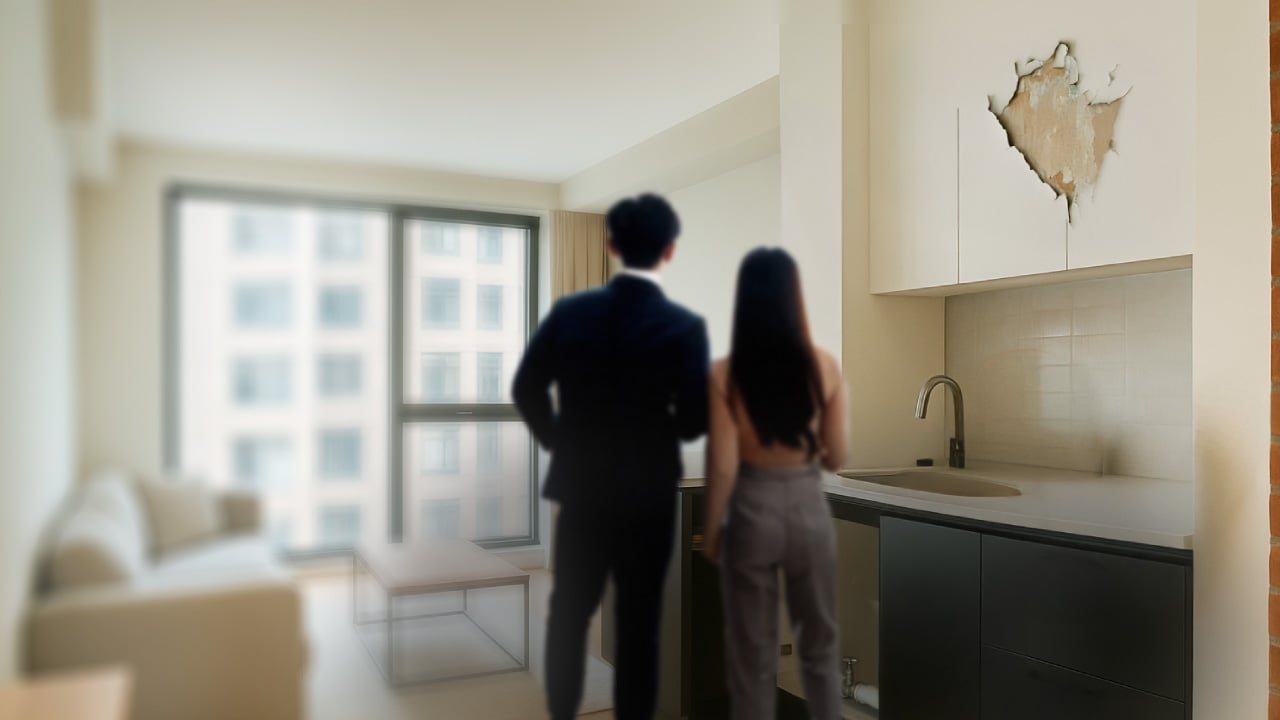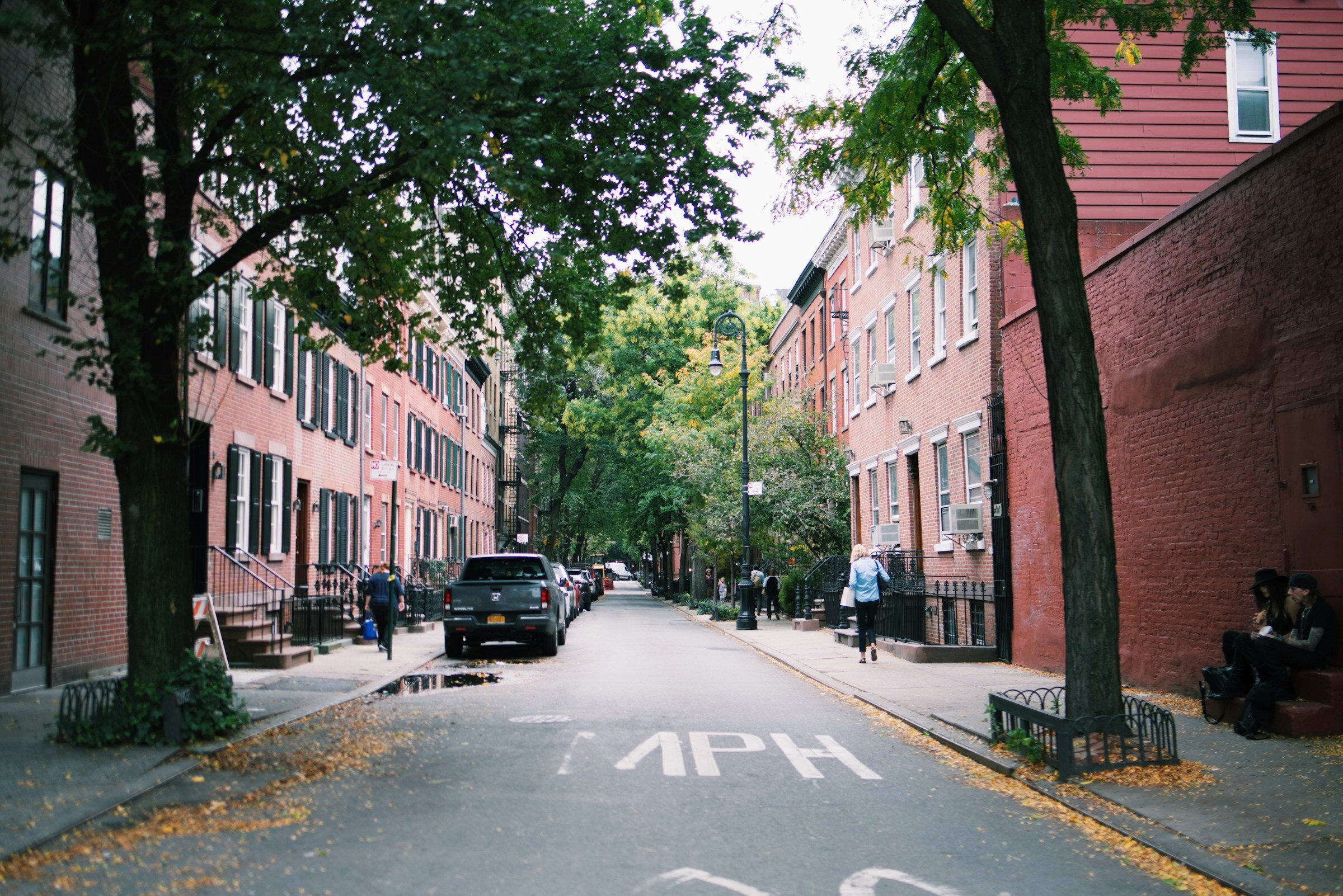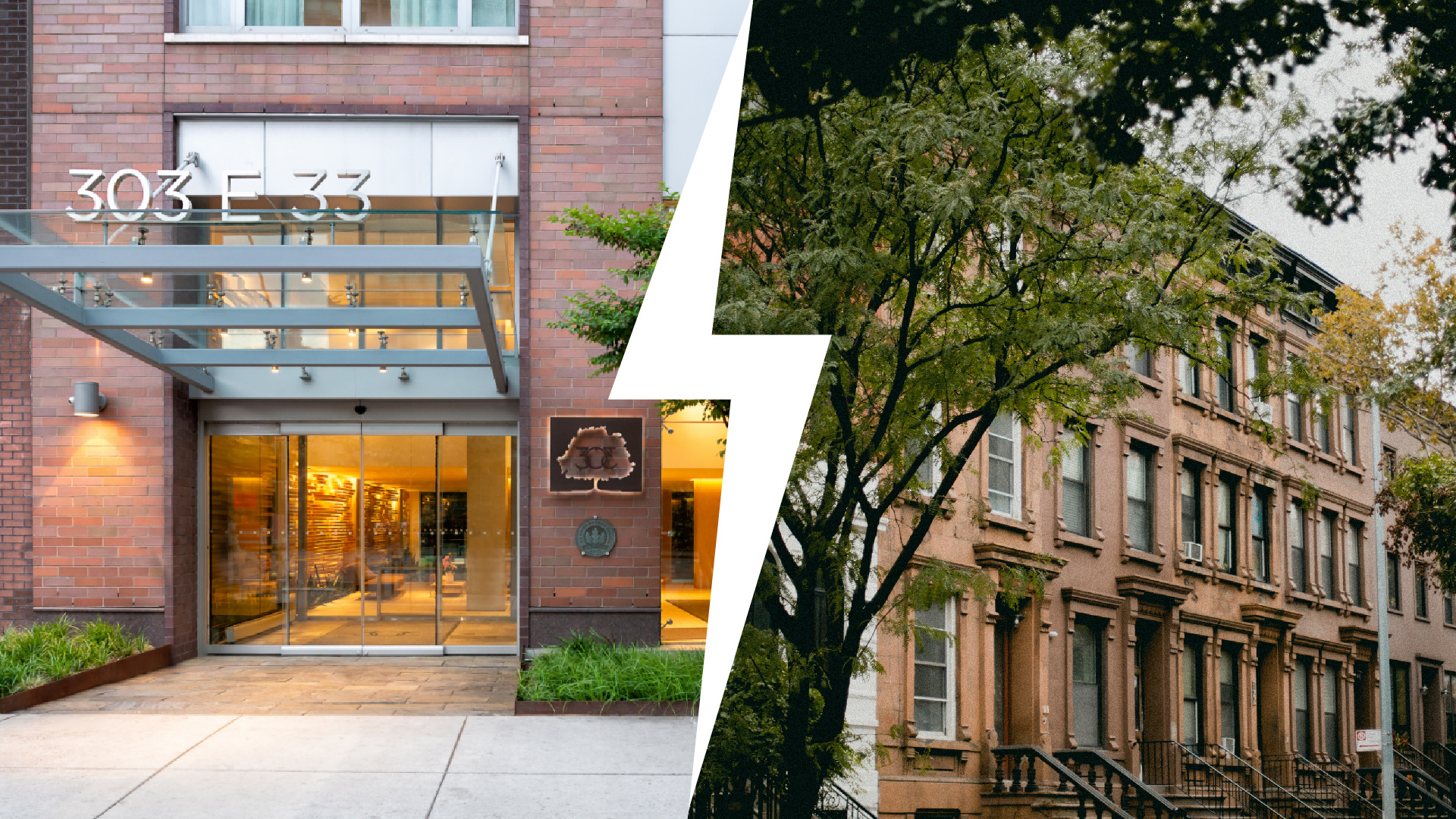Air Rights EXPLAINED: Everything You Need to Know
When you look out at the city skyline, what do you see? The tops of buildings, penthouses, rooftop terraces. But did you know that there is something above the buildings that is invisible to the naked eye yet still has value? It's the air.
Believe it or not, building owners can value the air and treat it like any other property. Air rights allow property owners to buy and sell the development rights to the space or build up as high as the zoning laws allow. But how does that work, and how do you know if you own the air rights to your property? Here is everything you need to know about air rights in NYC.
What Are Air Rights?
Air rights in real estate refer to a property interest in the vertical space above the land's surface. Like land rights, air rights have a limit and don't extend into oblivion. But they allow developers to build up to a certain height or reserve the right to do so in the future.
Say that the local zoning laws allow for construction up to 100 feet, but the building on that lot is only 80 feet tall. They would be left with 20 feet of air rights that they could use to continue development in the future or sell to an interested party.
How Do Air Rights Work in NYC?
While air rights exist in every market, they are especially important in a vertical city like NYC. Available land is scarce, so for many developers, they'll need to go up if they want to expand a building. But they'll need to make sure that they have the right to build as high as they want to go.
Luckily, air rights in New York City aren't something you need to purchase separately if you own the land below it (although you can purchase air rights from another property owner if it's advantageous). When you buy a property, it comes with certain air rights—otherwise, you wouldn't be able to build anything above the land's surface. But how far up into the sky your air property rights go will depend on the local zoning laws.
How Are Air Rights Calculated?
NYC air rights are calculated using a metric called the Floor-Area Ratio (FAR). The FAR determines the total floor area you can have relative to the size of the lot. FARs are determined by the NYC Zoning and Planning Resolution and vary depending on the district.
Let's say you own a 10,000-square-foot zoning lot. If the FAR is 2, you would be limited to 20,000 square feet of buildable space. However, if the FAR is 5, you would be allowed up to 50,000 square feet.
To calculate your usable rights, you would simply subtract your unused floor area from what the zoning laws allow. So if you have up to 50,000 square feet of buildable space but the current property is only 30,000 square feet, you would have an additional 20,000 feet of air rights. If there is no structure currently on the property, you would have 50,000 square feet of air rights.

Should You Care About Air Rights?
Yes, you should understand air rights and how they may impact your right to enjoy the property. However, as a homeowner, they are only likely to affect you in a few specific scenarios. Property developers need to understand air rights and whether they will allow or prevent them from completing a project as planned. But most homeowners aren't going to wake up one day and decide to expand their unit another 50 feet into the air.
New York air rights can get complicated when it comes to condominiums and co-ops where multiple homeowners live in one building. In the case of a co-op, the air rights would be controlled by the corporation that owns the building and can be bought or sold based on the board's decision. For a condominium building, the air rights may be considered a common element of the condo and therefore could only be bought and sold with unanimous approval from all owners.
So it's something to be aware of in case issues arise. Say the board of your building is considering selling the unused air rights above the property to another developer. This typically indicates there are plans to create a taller building than zoning laws would normally allow.
Research their plans and make sure that the new development won't block your view or otherwise impact the enjoyment of your property. You may also be entitled to compensation if they end up selling those rights.
Also, it's wise to find out if your building has any unused air space, so you have an idea as to whether the building is as tall as it can possibly be or if there is potential for further development in the future.
How to Find Out if You Have Air Rights?
The easiest way to find out whether or not your building has unused air rights is to contact your condo or co-op board or ask the developer directly. They are the most likely to know about the property's air rights and whether there is any potential they could be sold.
You can also check the public records. You should be able to locate the square footage of the building by doing a property history search. Then, use the Zoning and Land Use Map to find the FAR. Once you have all the data, multiply the FAR by the size of the lot and subtract the square footage of your building. You can also use the ACRIS database to research any air rights transfers in NYC.
How Can You Utilize Your Air Rights?
You can make use of your air rights in a few different ways. If you buy a building with unused air rights directly above it, you can build up to that limit and add new floors and units to add value to the building. Or you could develop some kind of roof deck or other feature that may increase the value of the building.
If you don't have any left-over air rights, you can also look into purchasing any unused space from adjacent buildings. For those who can't build up due to zoning restrictions, building out is another option if you can acquire air rights from a neighbor.
According to Undivided founder Mukul Lalchandani, "You will often find large towers on the corners of NYC blocks; this is because developers can buy the air rights of buildings next door to build up beyond their allotted limit. Sometimes, you will find a newer building cantilevered over a smaller, brownstone walk-up. This is often because the developer was able to get the air rights and built over the smaller building."
Some developers also purchase air rights just to protect the view. A breathtaking view of the Manhattan skyline is a major attraction for many homeowners. So the last thing developers want is to complete a building, only for a taller building to shoot up right next door. To prevent that, developers will often buy the unused air rights of any buildings that may obstruct their own, protecting the view for years to come
How to Sell Your Air Rights
You can sell or buy air rights in NYC in a few different ways. The most common method is a "zoning lot merger," which allows you to develop a particular property beyond the limits imposed by the zoning laws by purchasing a neighbor's unused space.
Let's take the example above and say you have a 10,000-square-foot lot with a FAR of 5. If your building was already using 50,000 square feet of space, you won't be permitted to build anymore.
But say the neighboring building is only 25,000 square feet. If they agree to sell you their air rights, you could merge the two tax lots into one 20,000-square-foot lot. That would give you 100,000 square feet of buildable space for both properties, granting you an extra 25,000 square feet to develop (as long as your neighbor agrees not to expand their building).
Zoning lot mergers are the easiest and most common way to sell air rights. If you want to sell your rights without combining the lots, you can also use transferable development rights (TDR). This allows one developer to transfer their bundle of rights associated with ownership of real property to another party for compensation. TDR transfers are more complicated than zoning lot mergers but are useful in scenarios where the lots are not adjacent.
Common Misconceptions About Air Rights
Air rights can get rather complicated, so it's no wonder there is confusion about the topic. Here are a few common misconceptions about how they work.
- Owning your air rights doesn't control your view: Air rights only cover the space above the property, not the horizontal space. So unless you purchase the air rights of other nearby buildings, new development could still negatively impact your view.
- Your air rights aren't automatically valuable: Most people assume that all air rights in NYC have value, but that's not always the case. They are only valuable if they allow developers to expand or improve a building. But if other factors prevent them from fully utilizing the space, then the air rights would be worthless.
- Air rights are in the public domain: Many people assume that the air is a common element everyone shares. However, air rights are real property and, therefore, included in the rights granted to property owners.
Need help figuring out if your new home has any unused air rights? We are happy to help you find the perfect new home and answer any questions you may have about air rights. Join our NewBuildClubTM and we will gladly show you all the best homes currently on the market.
Ready to Get Started?
Here's what you'll get:
✓ Curated Listings
We handpick properties that fit you, saving you time by showing homes that match what you want.
✓ Luxury Amenities
We highlight top-tier amenities so your new home delivers the prestige and quality you expect.
✓ Market insights
We provide detailed market comps and insights to guide your decision-making with confidence and clarity.


